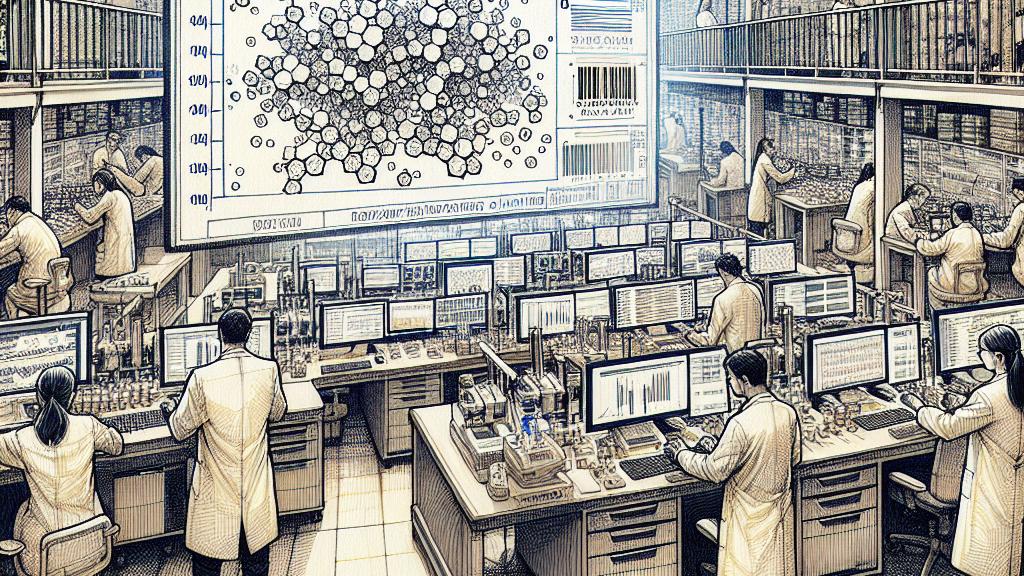Revolutionizing Small Molecule Synthesis Through Fast Analysis
Overview
- Universal barcodes are set to revolutionize the synthesis of small molecules.
- Leveraging fragmentation patterns drastically simplifies chemical analysis.
- This advancement holds immense potential for treating diseases and innovating drug discovery.

Transforming Analysis Speed
At St. Jude Children's Research Hospital in the U.S., scientists are breaking new ground in small molecule analysis with an incredibly innovative method. Imagine a lab where analysis that once took several minutes now takes mere milliseconds! This leap comes from the introduction of universal barcodes, which derive from predictable fragmentation patterns of chemical building blocks. Such a game-changing shift addresses long-standing bottlenecks in the drug development process, opening the door for researchers to create life-saving medications far more swiftly than ever before. In a world where time is often of the essence in healthcare, this transformation is not just remarkable; it’s revolutionary.
Practical Applications and Future Directions
Consider the potential consequences of this breakthrough. With accelerated drug development, researchers could swiftly forge new antibiotics or antifungal treatments, crucial in our ongoing battle against resistant pathogens. Targeted cancer therapies, too, stand to benefit tremendously from these advancements. Daniel Blair, leading the research team, highlights that this innovation not only hastens the creation of these vital molecules but also deepens our comprehension of their functions within clinical settings. What if, in the near future, a lab could deliver an effective treatment in record time? The implications are enormous: this could mean saving countless lives through faster availability of effective therapies, all made possible by enhanced analysis methods.
Broader Implications for Chemistry Overall
This methodological advancement signals a significant milestone not just for St. Jude, but for the entire field of chemistry. By adopting a general approach based on universal barcodes, researchers can now conduct high-throughput analyses that were previously regarded as unattainable. The shift from detailed, artisan-like processes to streamlined efficiency can be likened to the evolution of manufacturing during the Industrial Revolution. Moreover, the flexibility of these techniques hints at exciting applications across diverse fields. From environmental chemistry to the creation of innovative materials, the potential uses are vast and varied. This new frontier invites researchers from all disciplines to embrace the methodology, promising a brighter and more efficient future for chemical synthesis and analysis.

Loading...